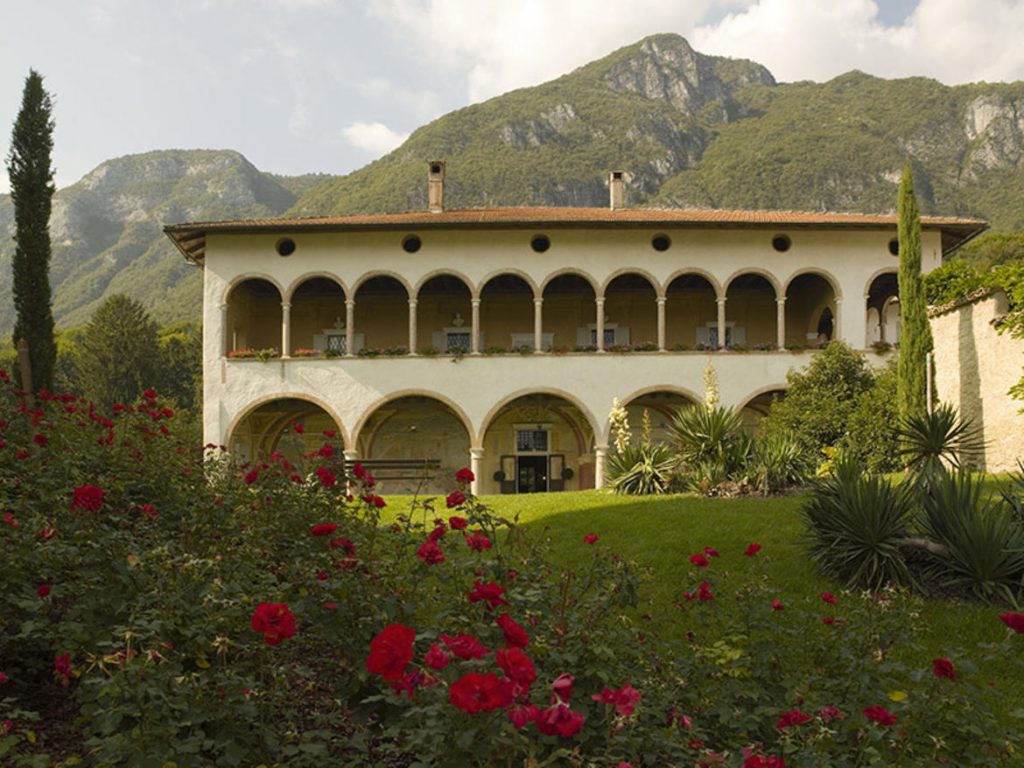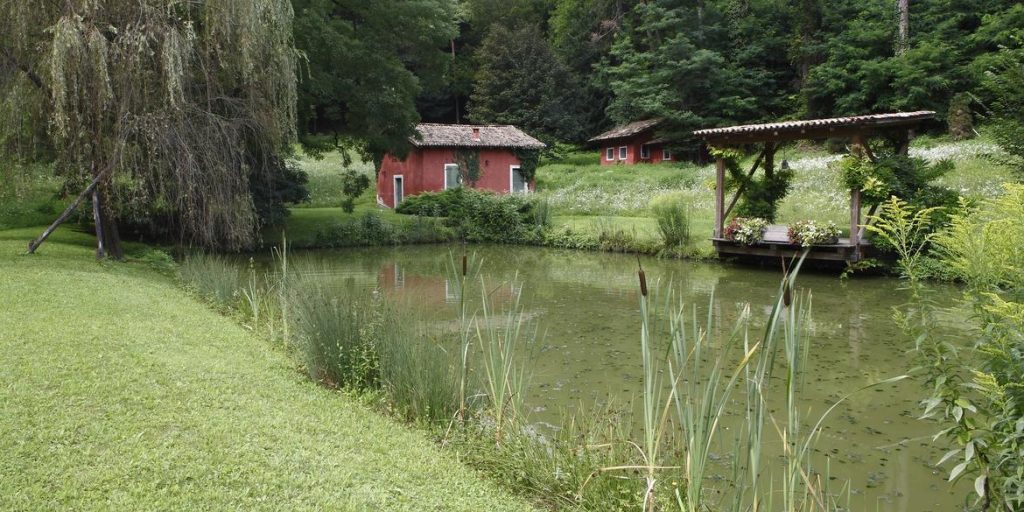 Villa Margon is one of the most beautiful aristocratic residences of the entire Alpine region. It is located on the slopes of Mount Bondone, a few kilometres south of the city of Trento and it is a perfect place for short and restful walks.
Villa Margon is one of the most beautiful aristocratic residences of the entire Alpine region. It is located on the slopes of Mount Bondone, a few kilometres south of the city of Trento and it is a perfect place for short and restful walks.
Villa Margon was built during the first half of the sixteenth century by the Basso family and later became property of the most important noble families of the area, such as the Fugger, Lodron and Salvadori, who used it as a summer and holiday residence.
The building is characterised by the presence of a portico surmounted by elegant arcades inspired by the architecture of the Italian Renaissance and, inside, there is a series of frescoed rooms, representing the life of Emperor Charles V, which seems to have been carried out in honour of Charles V himself, guest of the villa during the years of the Council of Trento.
A beautiful landscape increases the charm of Villa Margon, which is surrounded by woods, vines and sunny glades, where you can often find roe deer, squirrels and hares. Walking here induces a calm, almost meditative, state of mind.
 A recommended one-hour walk to Villa Margon starts from the centre of Ravina, a suburb of Treno, which can also be reached by the bus lines 12 and 14. From the church of the village, the path continues to the left along an asphalt road uphill and gradually enters a wood of beeches and hornbeams. After passing the village, the road continues with a softer course, offering in some stretches wide panoramic views of the Adige Valley and the entrance to Val Lagarina. Finally, near the villa, it becomes possible to let yourself be guided by the indications present and enter intothe wonderful bucolic suggestion of this small treasure surrounded by nature.
A recommended one-hour walk to Villa Margon starts from the centre of Ravina, a suburb of Treno, which can also be reached by the bus lines 12 and 14. From the church of the village, the path continues to the left along an asphalt road uphill and gradually enters a wood of beeches and hornbeams. After passing the village, the road continues with a softer course, offering in some stretches wide panoramic views of the Adige Valley and the entrance to Val Lagarina. Finally, near the villa, it becomes possible to let yourself be guided by the indications present and enter intothe wonderful bucolic suggestion of this small treasure surrounded by nature.
The park and the surrounding area are intended for free public access according to the deed of cessation (1971) wanted by Baron Theofilo Alessandro Salvadori, respected by the current owners.
The park and the surrounding area are intended for free public access. More information is available on the official website.
Copyright photos of the article: trentino.cultura.it

